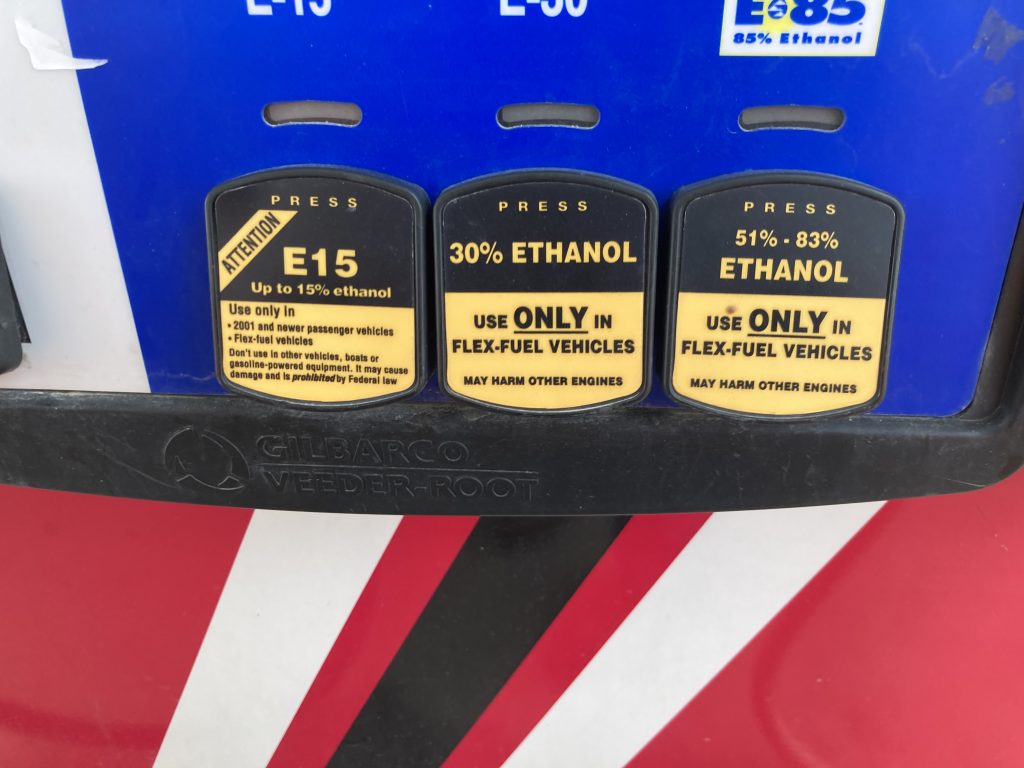Q: I recently rebuilt a 383 for my 1968 Charger. It’s not a race car, but a typical street cruiser and occasional quarter-mile warrior.
My question is about fuel. I’m not certain how much fuel additive or 100 octane aviation gas is enough, too much, or even necessary at all. Some people say it’s pointless to use more than 20 percent aviation gas (the rest is 92 octane) because it burns so fast. Others say the higher octane gas adds power. To make things more confusing, the old cars like mine ran on regular gas, not 92 no-lead. Nobody has convinced me that any of those cans of octane booster do any good.

A: To help explain the use of fuel and fuel additives, let us give you a lesson in gasoline and octane ratings. Old muscle cars ran on leaded gas because they didn’t have hardened valve seats; the lead acted as a lubricant for the valve and seat contact area. Cars from 1974 and up have hardened seats that allow the use of unleaded gas. When it comes to power, there is no difference between leaded gas of a given octane and no-lead of the same octane.
Fuel octane is related to the fuel’s ability to burn. A slower burning fuel is better than one that burns fast; the faster fuel burns, the more detonation problems you will have. Fuels with higher octane ratings burn slower, which helps cylinder pressure to build up steadily instead of all at once. That reduces the chances of detonation in higher horsepower engines. Feed the same engine low octane gas, and it will detonate and ping.
You said you were adding 100 octane aviation gas to your car. While the octane is good, aviation gas burns very hot and could eventually damage a car engine. It is also a very dry fuel; spill some on the ground once and see how fast it evaporates.
Those octane boosters really do work; 104+ is one of the better ones. If you still think you need extra octane in your Charger, try using VP Racing gas in a 70/30 ratio with your 92 octane pump gas. Or, you could use 104+ mixed according to the directions. Make sure your ignition timing is set to take advantage of the extra octane.
…

How do I get more hydrocarbons in my fuel?
Switch to fisel
Diesel
Avgas is not dry. The MSDS is exactly the same as 110 octane race gas commonly available everywhere. Ever wonder why 110 octane is always purple? That’s the color that occurs when red dye is added to blue 100LL avgas.
We dynoed 5 gallons each of 100LL and two commonly available brands of 110 octane purple on the same day. No changes whatsoever. The difference between the three? Less than 1%.
BTW, 100LL has no place on the street.
I have a few comments about the answer to the guy with the rebuilt 383 Mopar engine in his Charger.
1.Old muscle cars ran on leaded gas because there was no unleaded (or very little) in the ’60’s. Unleaded was developed as a result of the CAA (Clean Air Act) of 1970 because of the federal government requirement for reduced exhaust emissions.
2.Octane number is not related to burn speed. We (the racing gasoline industry) make high octane racing gasoline to satisfy the high cylinder pressures developed in race engines and a properly blended racing gasoline should burn very fast. If it does not burn fast, you will need excessive spark timing to get it burned in the cylinder (in contrast to burning in the headers/exhaust system). Excessive spark timing leads to power loss because it takes more power to move a piston to the top of the cylinder on the compression stroke if the plug fires at 40 degrees BTDC than if it fires at 30 degrees BTDC. At 7,000 RPM you need a fast burn gasoline to convert chemical energy (gasoline) into mechanical energy (horsepower).
3.Gasoline octane number is a measure of the gasoline’s resistance to detonation and is not related to fast or slow burn. Octane number testing and Fame speed determination are two very different tests and are unrelated to each other. Diesel fuel burns slow, but do not add it to your gasoline to reduce the flame speed. Your engine will not be your friend.
4. Aviation gasoline does not burn hot and will not damage an engine if the air/fuel ratio is correct.
5. Be cautious about where you get your information on racing/street gasoline. Know your source. There is a lot of misinformation out there since anyone can post anything on the web.
Thank you 100% right on
The above comment is 100 % correct !
Thank you Tim Wusz ,
Bruce Guertin for setting
them straight.
I use an 80/20 mix to net me about 94 octane. 91/110 octane gasoline. 91 because that’s all we can get where I’m at
My 318 2bbl runs crap on 87. Its got thump and stable idle on 89.